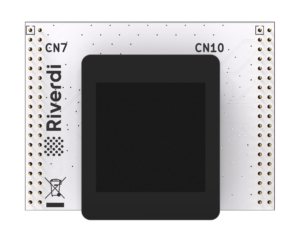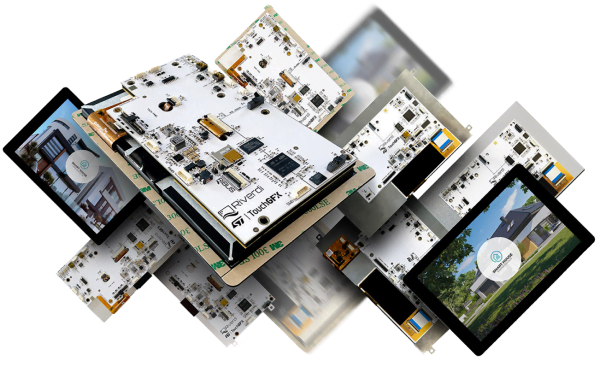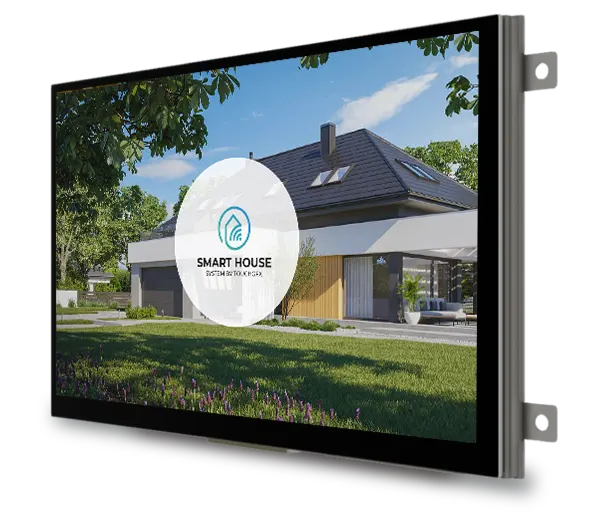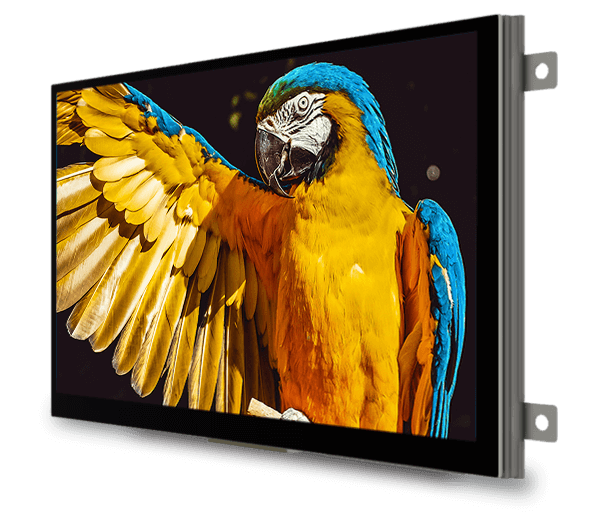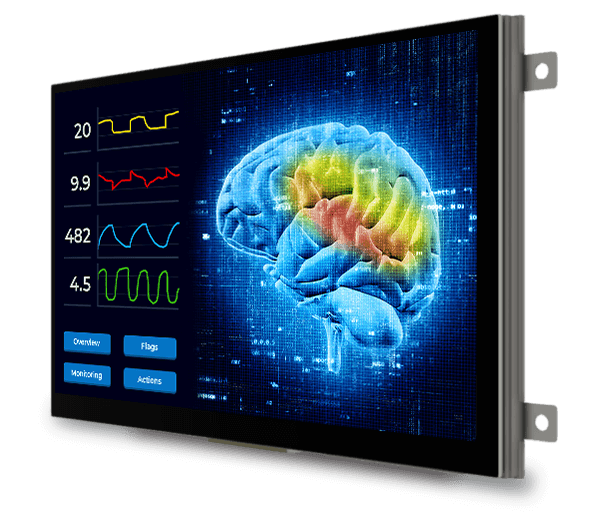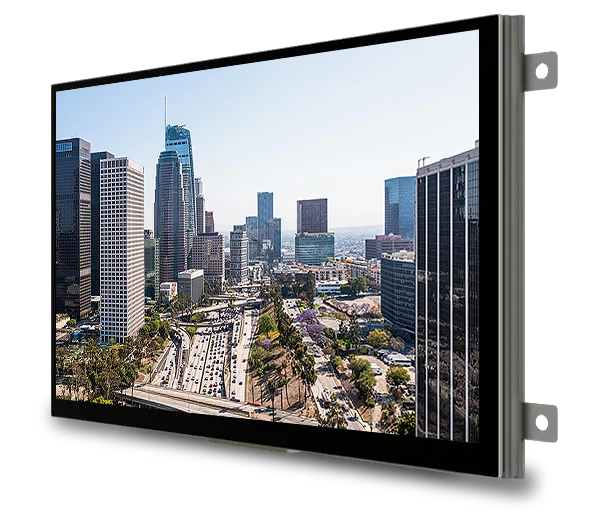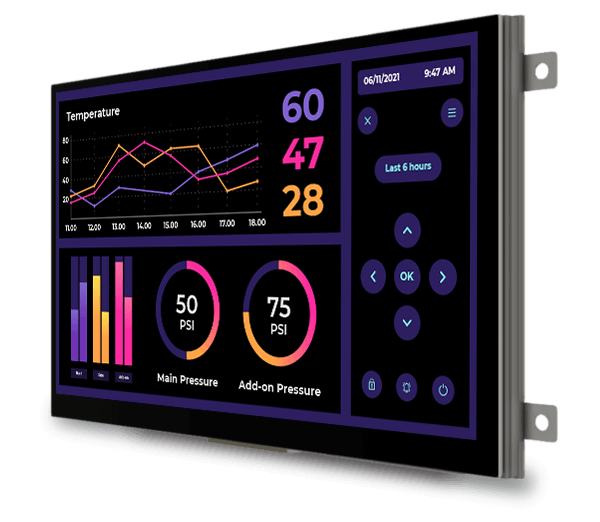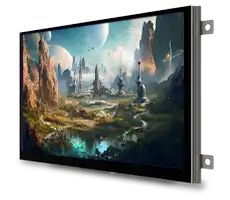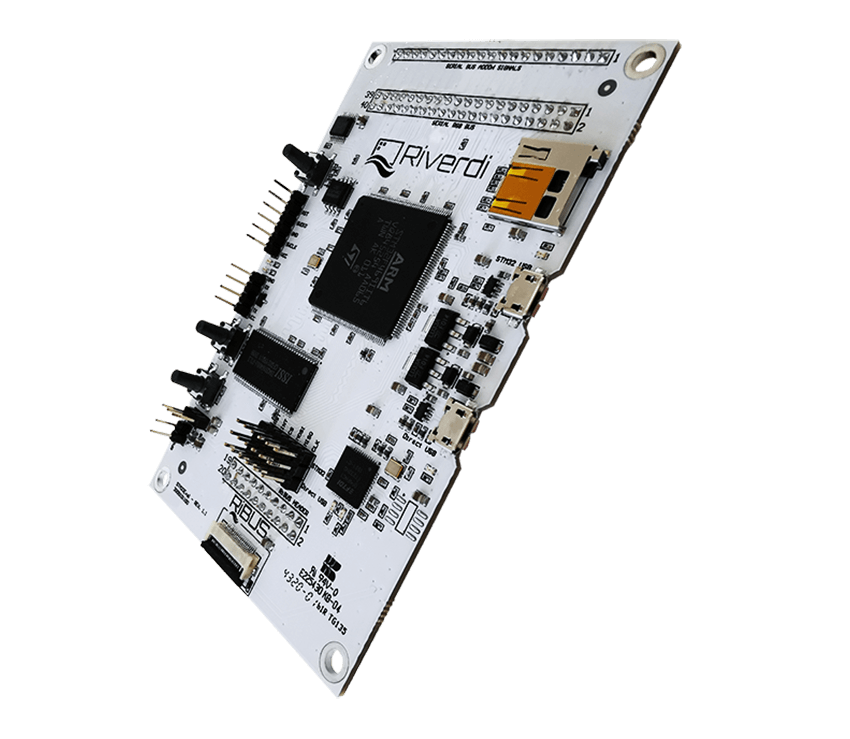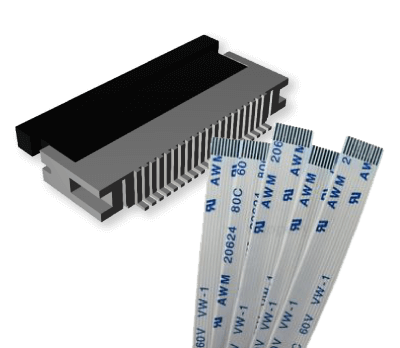I²C/SPI displays
I²C/SPI displays utilize versatile serial communication protocols to establish efficient connections between host controllers and display modules with minimal pin requirements. These interfaces combine simplicity with sufficient bandwidth for interactive applications, making them ideal for embedded systems with limited resources. Riverdi’s I²C/SPI displays leverage these standardized interfaces to deliver responsive visual solutions that integrate seamlessly with a wide range of microcontrollers and processors.
Currency:
-


High Brightness IPS display 3.5″ TFT LCD 320x480px, RGB and SPI interface display + Capacitive touchscreen – RVT35HITNWC00-B
$28.49 -


High Brightness IPS display 1.54″ TFT LCD 240x240px, SPI interface display + Capacitive touchscreen – RVT15MDTNWC00-B
$17.69 -


High Brightness IPS display 5.0″ TFT LCD 800x480px, LVDS interface + Capacitive touchscreen – RVT50HQLNWC00-B
$79.65 -

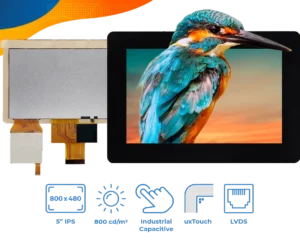
High Brightness IPS display 5.0″ TFT LCD 800x480px, LVDS interface + Capacitive touchscreen – RVT50HQLNWC00
$65.80 -

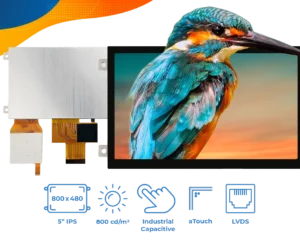
High Brightness IPS display 5.0″ TFT LCD 800x480px, LVDS interface + Capacitive touchscreen – RVT50HQLFWCA0
$66.85 -


High Brightness IPS display 5.0″ TFT LCD 800x480px, LVDS interface + Capacitive touchscreen – RVT50HQLNWCA0
$63.73 -

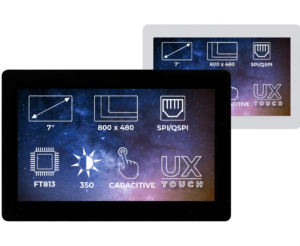
RVT70UQFNWC0x
$93.81 -


RVT70AQFFWC00
$95.58 -

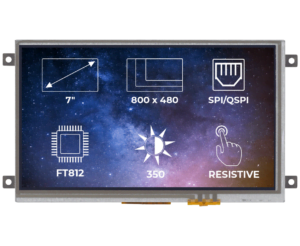
RVT70AQFFWR00
$82.77 -

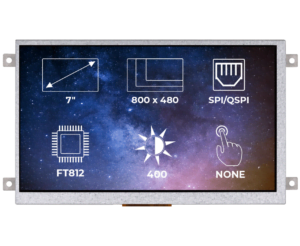
RVT70AQFFWN00
$73.23 -

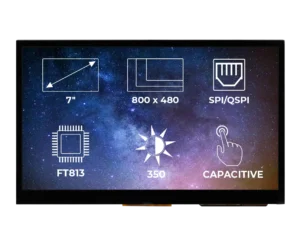
RVT70AQFNWC00
$93.81 -

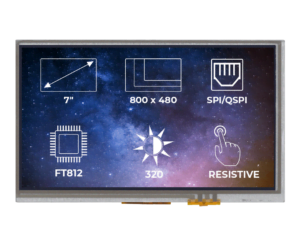
RVT70AQFNWR00
$81.00 -

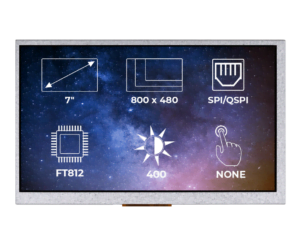
RVT70AQFNWN00
$71.46 -

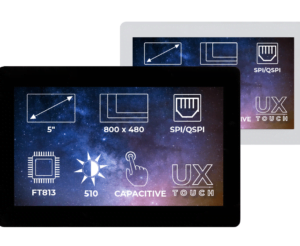
RVT50UQFNWC0x
$77.38 -


RVT50AQFFWC00
$79.94
- 1
- 2
What are I²C/SPI Displays?
I²C (Inter-Integrated Circuit) and SPI (Serial Peripheral Interface) displays implement complementary serial communication standards developed for efficient component interaction within electronic systems. I²C requires just two bidirectional lines—SDA (Serial Data) and SCL (Serial Clock)—to communicate with multiple devices through unique address identification. SPI utilizes separate data lines for input and output plus clock and chip select signals, enabling faster data transfer at the cost of additional pins. Riverdi’s I²C/SPI displays incorporate intelligent controllers that manage internal operations independently, reducing host processor workload. These displays support both interface standards, offering flexibility for different system architectures. With built-in command sets for common operations, they simplify development while providing sophisticated functionality. The standardized protocols ensure compatibility with virtually all microcontrollers and embedded processors, facilitating straightforward integration into diverse applications.
Advantages of I²C/SPI Displays
I²C/SPI display technology offers significant benefits for resource-constrained systems. The minimal pin requirements (2 pins for I²C, 4+ for SPI) conserve valuable microcontroller I/O, enabling connection to even the smallest controllers. Low implementation complexity reduces development time, with standardized communication protocols that eliminate custom timing requirements. Riverdi’s I²C/SPI displays feature configurable communication speeds to balance performance with system capabilities. The support for device addressing in I²C enables multiple displays on a single bus without additional select lines, while SPI’s higher transfer rates provide responsive updates for interactive applications. These displays integrate well with existing I²C/SPI sensor networks, simplifying overall system architecture. Additionally, the lower electromagnetic emissions compared to parallel interfaces improve compatibility in sensitive applications, while the reduced wire count enhances reliability in vibration-prone environments.
Uses of I²C/SPI Displays
The efficiency and simplicity of I²C/SPI displays make them ideal for various applications with limited resources. In IoT devices, they provide visual feedback while minimizing power consumption and component footprint. Smart home control panels benefit from their straightforward integration and responsive performance. Industrial sensors and monitoring equipment utilize these displays for clear data visualization with minimal microcontroller overhead. Wearable technology leverages their low pin count and power efficiency for compact designs. Additionally, I²C/SPI displays excel in battery-powered test equipment, environmental monitoring systems, and educational development platforms where simplicity and resource efficiency are critical for successful implementation.
Riverdi I²C/SPI Display Manufacturer
Riverdi specializes in manufacturing intelligent I²C/SPI displays designed for seamless integration into resource-constrained embedded systems. With a focus on quality and ease of implementation, Riverdi offers various display sizes with industrial-grade construction for reliable operation in demanding environments. Each display includes comprehensive documentation, software libraries, and example code to accelerate development. The company provides technical support from experienced engineers who understand both display technology and embedded system design challenges. Riverdi’s displays feature optional capacitive touch interfaces with I²C communication, enabling intuitive interaction with minimal additional connections. With a commitment to long-term availability and consistent specifications, Riverdi establishes itself as the trusted partner for I²C/SPI display solutions where efficiency, reliability, and straightforward integration are essential for project success. The company’s European manufacturing ensures quality control and compliance with international standards, delivering displays that perform consistently throughout their operational lifetime.
